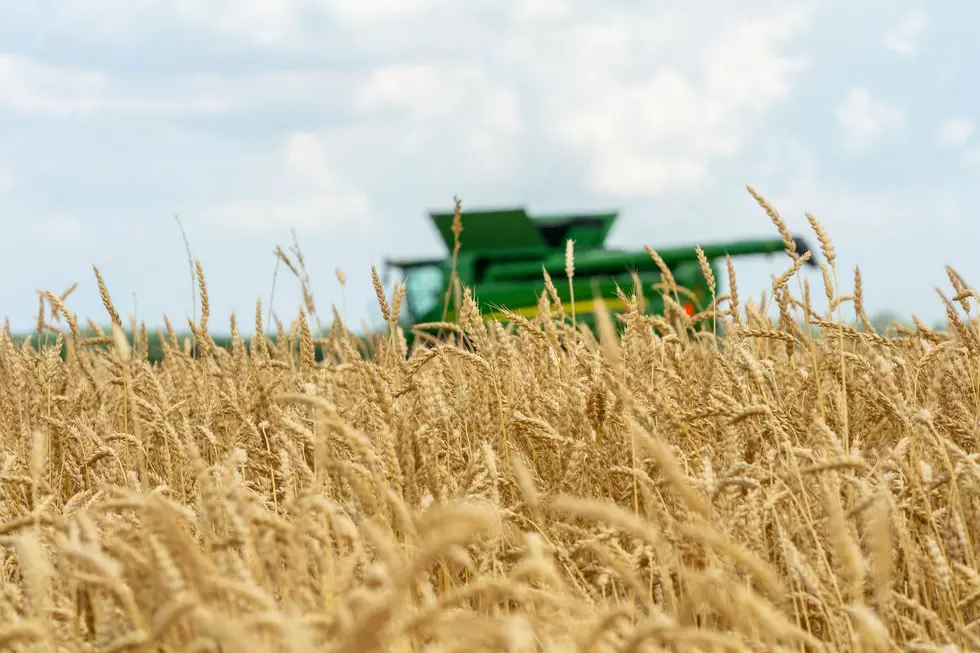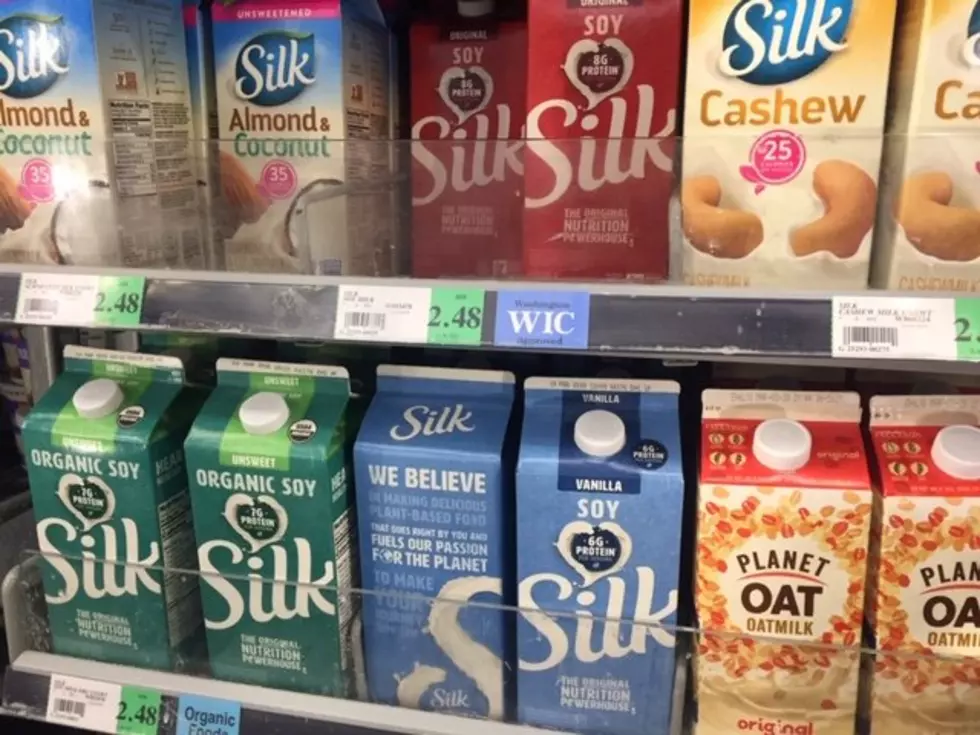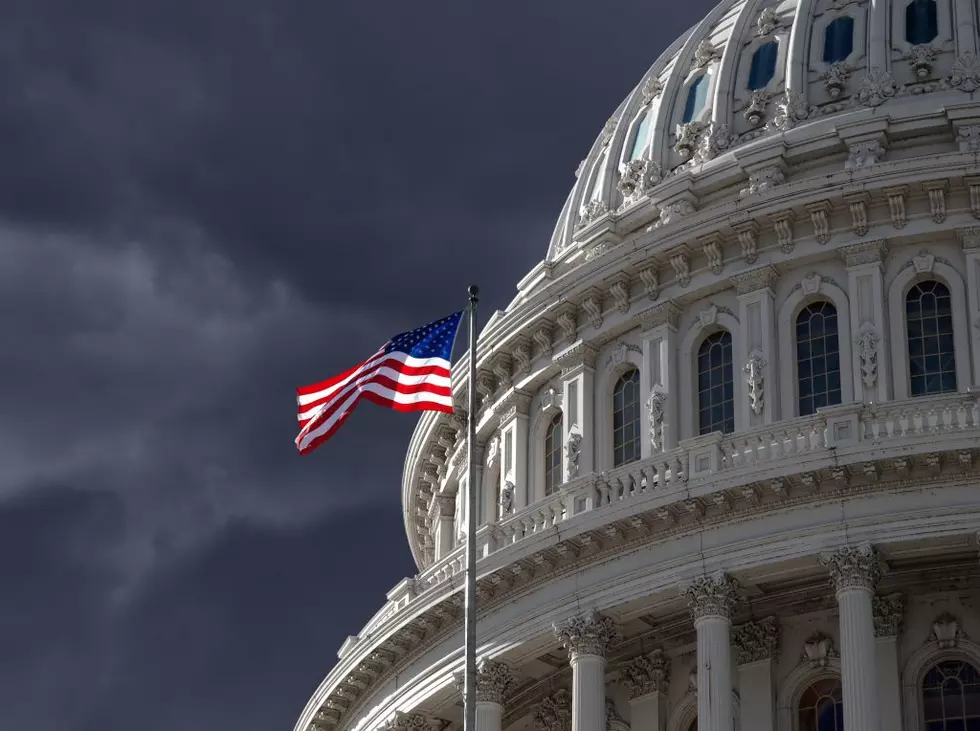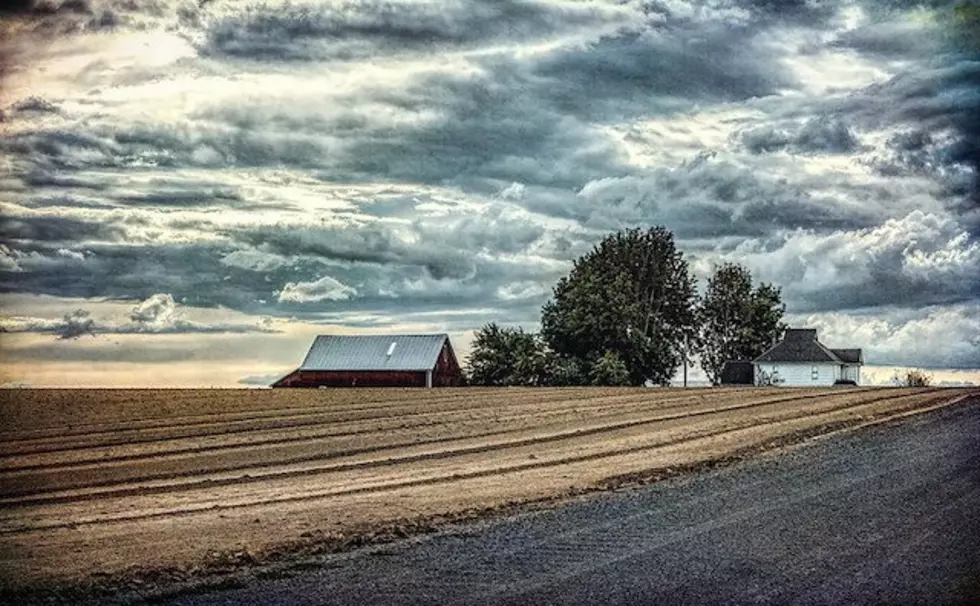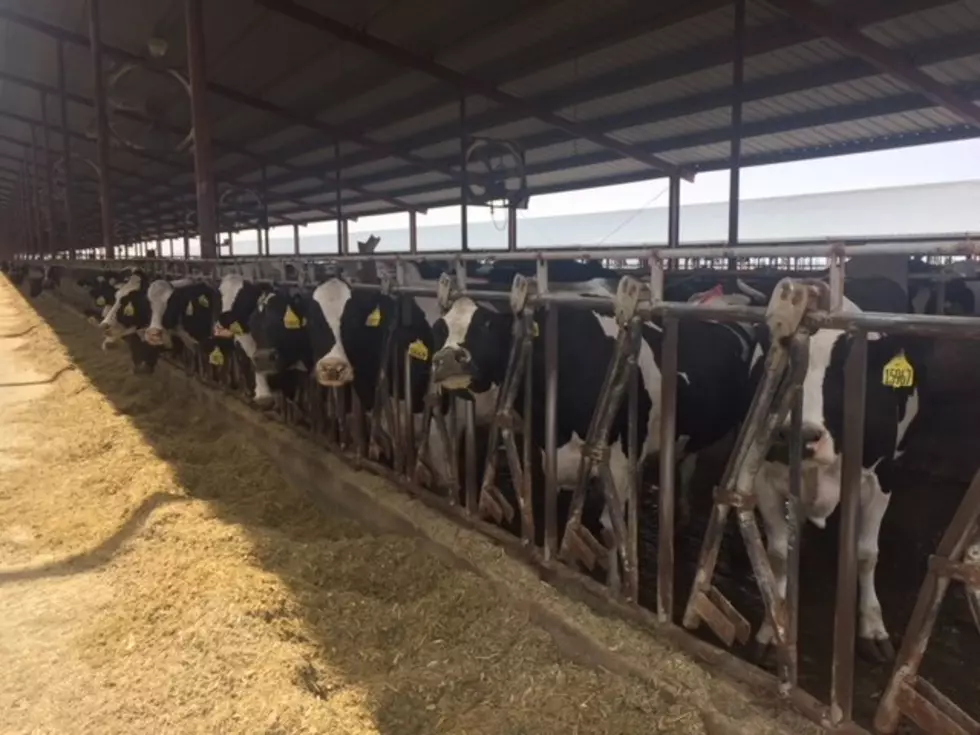
DMC Enrolment Now Open
Dairy farmers can now sign up for the 2022 Dairy Margin Coverage program. This is for dairy farmers who are not already locked into coverage through the program through the lifespan of the current farm bill, which is two more years. NMPF spokesperson Chris Galen said about 50% of dairy farmers are committed to the program.
“But for the rest of the farmers, they have to decide about enrollment for 2022. And the thing is that you just never know exactly what's going to happen with either milk prices or feed costs. Right now, we're looking at a better year ahead for milk prices. But guess what, two years ago at the start of 2019, that was the case. It was also true in 2020, and then look what happened in March of 2020 when everything just sort of hit the fan with the arrival of the Coronavirus. The reason you have an insurance program like this is to prepare for the worst-case scenario.”
USDA improved the Dairy Margin Coverage program for 2022 to include supplemental coverage with retroactive payments.
“Up until now, under the Dairy Margin Coverage program, your milk production history, the baseline for what you could use to calculate your premiums and your payments, was your highest milk output in the years 2011, 2012 or 2013, whichever one of those was higher," Galen explained. "But any growth since then in the last seven years, nothing has been allowed until now. So, now what you can do is talk to the USDA office, and you can revise your production up to five million pounds if that’s how much you’re producing as of 2019. So, you can’t do anything regarding production in 2020 or 2021, but if your production grew between 2013 and 2019 up to five million pounds, you can insure that higher level.”
he added, USDA also improved the feed cost formula.
“Previously, the alfalfa formula was a blend of 50% high quality, dairy quality alfalfa hay and 50% medium or lower quality hay. Now that feed cost formula is going to be based on 100% of the higher cost hay, that means it's more expensive to feed cows. The feed formula reflects that. And so, what happens then is that margins will be tighter when feed costs accelerate, and also payments will be larger because of what happened this year and last year. This is a change that also is retroactive to this year, and even to 2020. So, we calculate that the average impact will be about 20 cents a hundredweight.”
Farmers have until February 16th, 2022, to sign up for the program. Galen said the 2022 outlook appears to include stronger milk prices, but there’s a lot of variables that could change the outlook.
“We still may see as we always do some cyclicality in milk prices along with feed costs. So, the main thing is that you just never know exactly what's going to happen. And I would say the other cloud that's looming out there over the whole economy, including the dairy economy, is how bad is this Omicron variant going to be, the Coronavirus, and what might that do to dairy demand, production and prices. You want to be able to prepare for the worst-case scenario, which if we've learned anything in the last 20 months is sometimes can be a lot worse than what you may first think. And that's why we would strongly encourage everyone, if you're not already enrolled in the DMC, to really consider your options and look at the forecast for next year.”
Contact your local USDA Service Center to sing up for the program.
If you have a story idea for the PNW Ag Network, call (509) 547-1618, or e-mail gvaagen@cherrycreekmedia.com
More From PNW Ag Network
